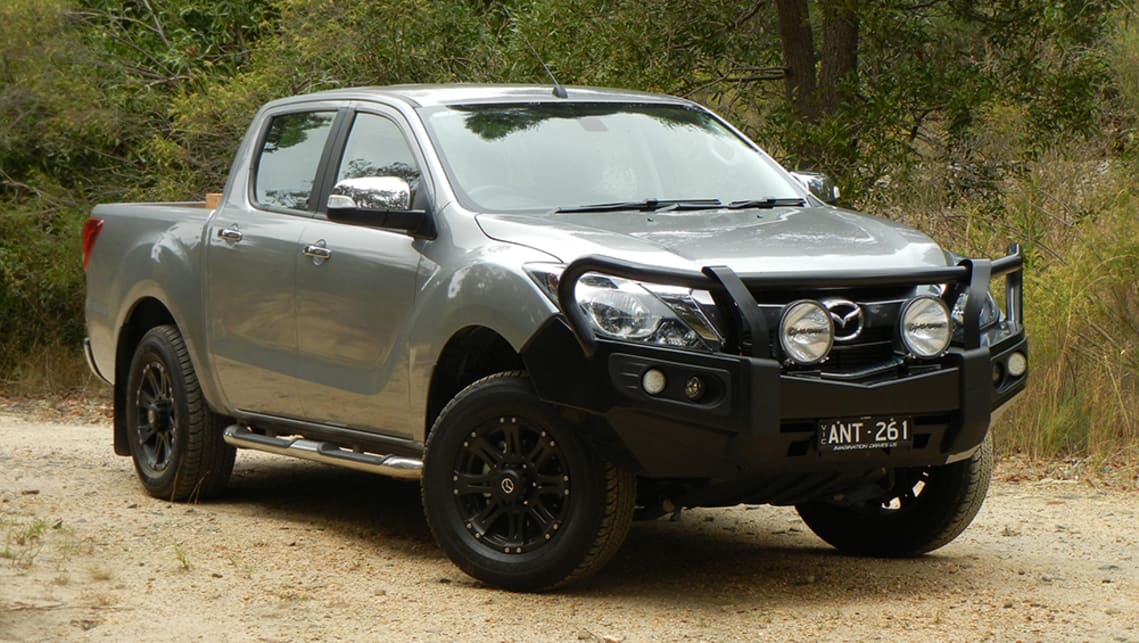Your cart is currently empty!

Top 5 NSW wildlife collision hotspots revealed: study
NSW’s top-five wildlife collision hotspots have been confirmed, with Dubbo, in the state’s western district, out in front (see full table below).
Crucially, wildlife collisions are once again expected to rise as Australia settles into winter, with a 15 per cent increase likely between May and August, according to fresh data from AAMI.
“As we head into winter, we may see increased activity, particularly from nocturnal wildlife as they cross roads in search of food and water – which we saw after the drought – increasing the likelihood of them being hit,” said NSW Wildlife Information, Rescue and Education Service spokesperson Kristie Newton.
AAMI head of motor claims Anna Cartwright added: “Now is the time for drivers to keep their eyes peeled for wildlife crossing roads and be extra vigilant, especially at dawn and dusk when visibility can be difficult and nocturnal animals are more active.”
Between February 1, 2019, and January 31, 2020, NSW was the worst state for wildlife collisions, with Victoria following behind. That said, it was Canberra that led all other suburbs.
Top 5 NSW wildlife collision hotspots
| Ranking | Suburb |
| 1 | Dubbo |
| 2 | Goulburn |
| 3 | Mudgee |
| 4 | Cooma |
| 5 | Inverell |
Interested in the top-five wildlife collision hotspots in Australia’s other states and territories? Here are the links to the results for Victoria, Queensland, Western Australia, South Australia, Tasmania and ACT.
by
Tags:
